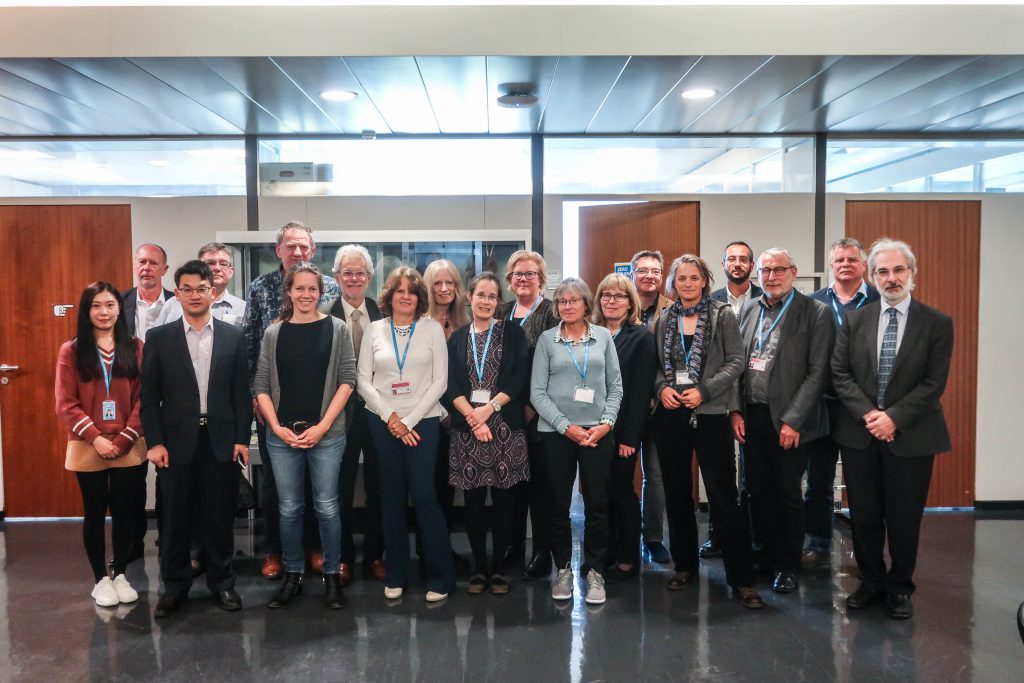The EuroMix consortium organised the fourth of a series of workshops to discuss international harmonisation of approaches to the risk assessment of combined exposure to chemicals on 15 April 2019. The workshop was held at WHO HQ, Avenue Appia 20, 1202 Geneva, CH. The 18 participants at the workshop were drawn from a range of geographical and regulatory areas, with risk assessors from several regions (Europe, North America, South America and Asia) and organisations (EFSA, JRC, OECD, WHO, FAO, RIVM, BfR, ANSES, FSNAZ, CFSA) present.

The main aims of this workshop were to evaluate the EuroMix Handbook, section by section. On this basis, a number of risk assessment bodies were asked to provide (i) their perspectives on the potential utility of the Handbook in the risk assessment of combined exposure to multiple chemicals by their own organisations and (ii) their feedback on how the Handbook could be improved. Participants were also asked to consider which sections of the Handbook would be most relevant for discussion at the WHO Expert Consultation, 16-18 April 2019, and to identify any potential limitations.
The Handbook was generally well received. Participants felt that it was clearly laid out and that, together with the Toolbox, it should make a significant contribution towards international harmonisation of approaches and methods used in the risk assessment of combined exposure to multiple chemicals.
Participants made a number of suggestions on how the Handbook might be clarified or extended. The Handbook should be “neutral” in the approach and methods used, to provide maximum flexibility for the range of problem formulations that arise in different chemical sectors and regions. The difference among the Handbook, the Toolbox and the User Manual for the Toolbox, and their respective roles should be clarified. The balance of the text, which is extensive in some areas but relatively short in other, equally important, areas should be improved. Guidance should be provided on options where AOPs are not available for the chemicals being assessed, including assessing confidence in AOPs developed de novo for an assessment and options where AOPs cannot be developed. Options should be discussed also for exposure-based grouping rather than only toxicologically-based grouping of chemicals. The section on exposure should be expanded to consider approaches in addition to the full probabilistic assessment described. It should be ensured that templates are suitable for data exchange, for example are harmonised with the OECD templates for data collection. Some guidance should be provided on reporting standards, including suitable summaries for risk assessors and for risk managers.

The participants concluded that there were several sections of the Handbook and modules in the Toolbox that could potentially contribute to risk assessment of combined exposure to multiple chemicals by JECFA/JMPR and that would merit discussion at the Expert WHO Consultation, to be held 16-19 April 2019. However, potential limitations were also identified, including availability of suitable data on exposure, formats for consumption data, transparency of the models used in the Toolbox, and the need for verification of methods, algorithms and software.
A report of the workshop has been prepared and is available here.